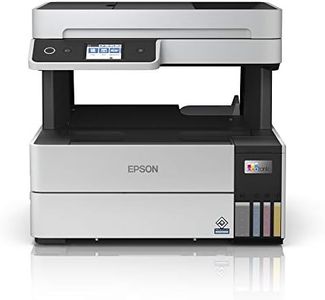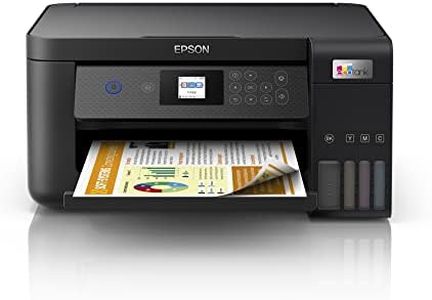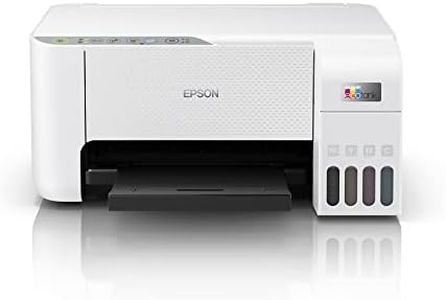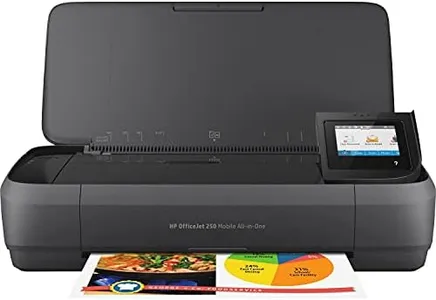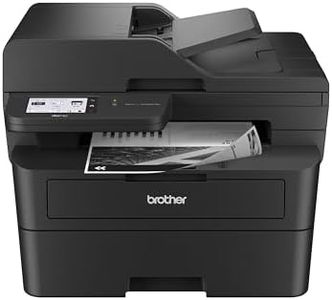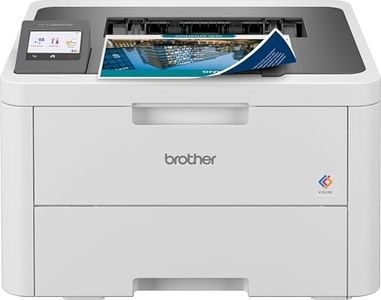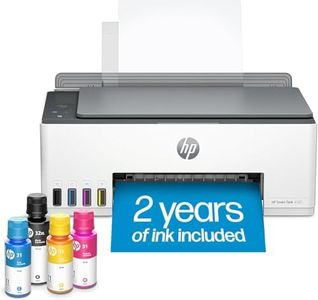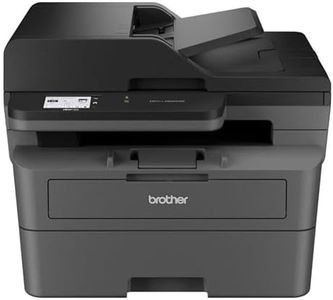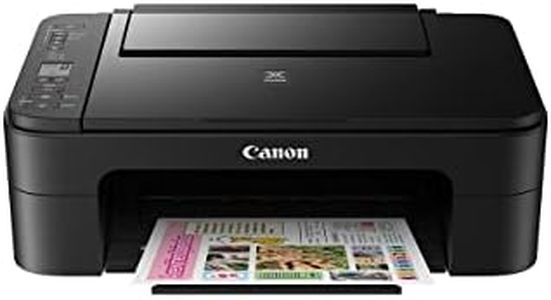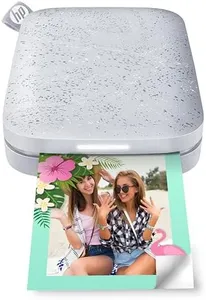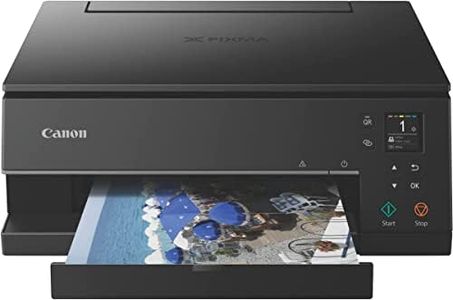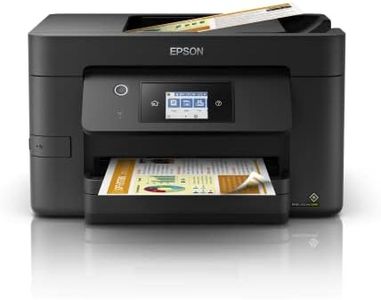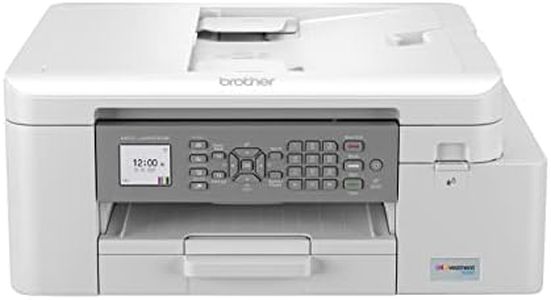We Use CookiesWe use cookies to enhance the security, performance,
functionality and for analytical and promotional activities. By continuing to browse this site you
are agreeing to our privacy policy
10 Best Mac Compatible Printers
From leading brands and best sellers available on the web.Buying Guide for the Best Mac Compatible Printers
Choosing a printer that's compatible with your Mac is a smart move to ensure hassle-free setup and printing. Mac-compatible printers are available in many styles, including inkjet, laser, and all-in-one units. When picking a printer for your Mac, prioritize ease of connectivity, supported functionalities, and your regular printing needs. Always confirm compatibility information and make sure the printer’s manufacturer provides drivers or support for your version of macOS. With these considerations in mind, you’ll have a smoother, more dependable printing experience.Compatibility with macOSThis refers to whether the printer can connect and work smoothly with your Mac’s operating system. Not all printers automatically work with every version of macOS, so it’s important to check that the printer either lists Mac support or offers downloadable drivers for macOS. Generally, recent models are more likely to support the latest versions. If you use an older Mac, double-check that support is still available to avoid connecting issues later. Your best bet is to visit the printer maker’s website and look for the supported OS list before you buy.
Connection TypePrinters can connect via USB, Wi-Fi, Bluetooth, or Ethernet. USB is simplest for a single Mac, while Wi-Fi and Ethernet are better for using the printer across multiple devices. Wi-Fi is increasingly the most convenient since it lets you print wirelessly from anywhere in your home or office, but setup might be trickier for some. If you only plan to print from one Mac that stays in one place, USB is sufficient; for more flexibility, choose a model with Wi-Fi connectivity, especially if you like printing from multiple Apple devices.
Printer Type (Inkjet vs Laser vs All-in-One)Inkjet printers are versatile and good for photos or color documents, while laser printers are faster and more efficient for large amounts of black-and-white text. All-in-one models add scanning, copying, and sometimes faxing. If you print mainly photos or in color, an inkjet is a good choice; for mostly text documents or lots of printing, a laser printer will be more economical. If you want scanning or copying features, look into all-in-one models to save space and add convenience.
Print Quality (DPI)DPI (dots per inch) measures how detailed your prints will be. Higher DPI means sharper images and finer details. For regular text documents any modern printer suffices, but if you print graphics or photos, look for a higher DPI. Common home and office printers range from 600x600 to 4800x1200 DPI. Decide how important photo or detail quality is for your needs, and choose accordingly.
Print SpeedPrint speed tells you how fast the printer can produce pages, usually measured in pages per minute (PPM). Faster speeds matter if you regularly print large documents, while casual users might not notice slight differences. Light home users can get by with lower speeds, but in a busy household or a home office, a higher PPM will save time.
Paper HandlingConsider the sizes and types of paper the printer can handle, and how many sheets fit in the tray. Some printers are designed for standard letter paper, while others can take envelopes, labels, or even photo paper. If you often print on specialty paper, or need to print large batches without refilling the tray, make sure your chosen model supports those needs.
Mobile Printing Support (AirPrint)AirPrint is Apple’s wireless printing standard, letting you print directly from your Mac, iPhone, or iPad without extra drivers. Not all printers support AirPrint, so if you want the convenience of printing from any Apple device, look for this feature. It’s great for families and small offices with many Apple users.
Running Costs and Cartridge AvailabilityThis refers to the cost and availability of ink or toner for your printer. Some printers use cheaper, more widely available cartridges, while others may be more expensive or harder to find refills for. If you print a lot, consider cartridge capacity and frequency of replacement. For occasional printing, this matters less, but it’s still good to check if replacement supplies are easy to buy.
